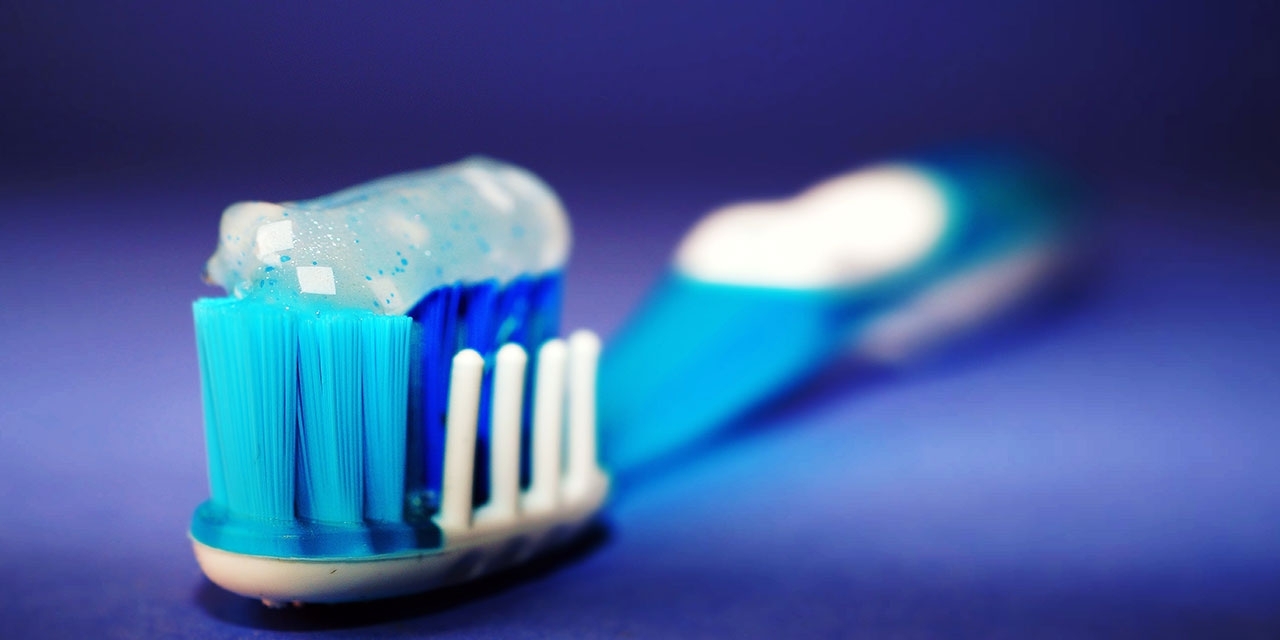What worries us most is choosing the right toothpaste. Every day we see in the supermarket, in the pharmacies but also on TV new products are released, but this great variety often confuses us but helps us.
What is certain is that the choice of the right toothpaste depends on the special needs of each one and aims to address different problems of oral hygiene.
Below we will try to unravel the landscape.
Let's see what are the main types of toothpaste on the market, without forgetting that depending on the needs of each mouth, the most suitable to suggest the right toothpaste is our dentist.
- Fluoride toothpastes: The ingredient that a toothpaste we buy must have is fluoride. This substance greatly prevents the development of tooth decay. It also shields our teeth making them more resistant to the acids produced by the microbial plaque and prevents and repairs future caries damage. Most toothpastes on the market today contain fluoride. The fluoride forms they contain are sodium fluoride or tin fluoride in concentrations up to 1450ppm.
Plaque and tartar toothpastes: Plaque is a colourless, sticky microbial substance that forms on teeth and gums. If plaque is not cleaned by proper brushing and flossing, then hardens and turns to stone, it is a yellow or brown substance that causes caries and other dental diseases. This unpleasant development can be prevented by using the right toothpaste. The ingredients in these toothpastes are powerful deterrents, such as pyrophosphates and zinc citrate, which cause abrasions on tooth enamel. Many of these toothpastes also contain fluoride.
Toothpastes for sensitive teeth: Many people have tooth sensitivity when consuming cold foods or drinks. This happens either because we do not brush our teeth properly (persistent brushing), or due to a disease of the teeth, or due to aging or a combination of the above. Their active ingredients are divided into two categories. The first includes potassium nitrate and potassium citrate, which interrupt the transmission of signals, and therefore pain through the nerves. The second category includes ingredients such as strontium, arginine and calcium phosphates, substances that can clog pores in the roots of teeth that are responsible for sensitivity to heat or cold. Most toothpastes for sensitive teeth also contain fluoride, so they are suitable for daily use.
Whitening toothpastes: Smoking not only harms our health, but also as it seems to our teeth, since nicotine makes them yellow. The same thing happens if we drink red wine, tea or coffee as their ingredients discolor our teeth. In order to improve their image and to remove to some extent the stains we can use a whitening toothpaste. However, we should be aware that their whitening action is due to their repellent ability to remove pigments that settle on the teeth, which can gradually affect the tooth enamel. If we want to improve our smile, the best solution is to turn to our dentist, who knows the techniques and has the appropriate machinery and materials to achieve the desired result safely.
Herbal toothpastes: In recent years, people have turned to a healthier lifestyle, resulting in products that contain herbal ingredients. One can include them in the daily care of one's teeth, provided that they contain fluoride and a mild abrasive action.
Medicinal toothpastes: These are toothpastes that are given with the instruction of our dentist.
Baby toothpastes: It is important that toothpastes used by children and adults contain fluoride. In the case of children up to 2 years, the fluoride content should be reduced, 250-500ppmF, up to 6 years the toothpaste should contain at least 1000pmF, while after this age they can use the normal toothpaste (1450-1500ppmF). Fluoride is very important as it helps fight and prevent caries and gingivitis.
In any case, a visit to the dental clinic can "enlighten" us on which toothpaste is suitable for the needs of our teeth and which will bring us the best results.



 back to top
back to top